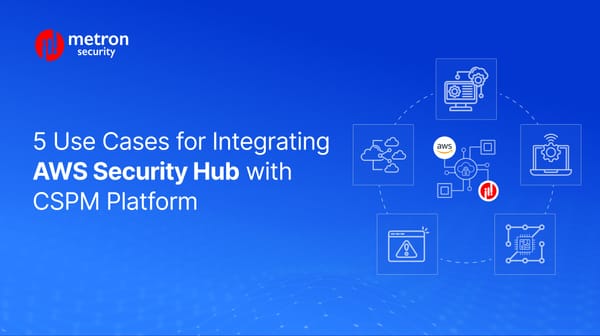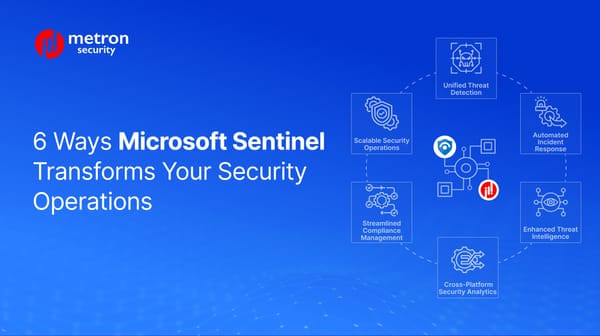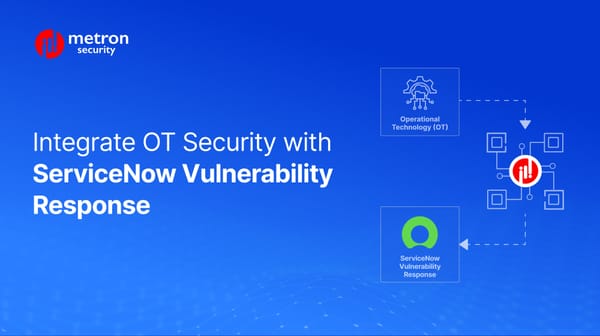Network Security: Strategies and Solutions from Palo Alto
We discuss leveraging some of the tools and measures offered by Palo Alto Networks for network security.
Shrishthi Dixit

Network security is paramount in today's digital landscape, where cyber threats loom at every corner. Safeguarding your network infrastructure is not just a priority; it's a necessity. As businesses increasingly rely on interconnected systems for operations, the risk of cyberattacks escalates. A multi-layered approach to network security is indispensable to fortifying your defenses effectively.
In the following post, we discuss leveraging some of the tools and measures offered by Palo Alto Networks that can be at the disposal of your organization.
Understanding Network Security Threats
Several distinct threats can impact any network. Some of the more common ones we see today are:
Malware and Viruses
Malicious software, commonly known as malware, poses a significant threat to network security. Viruses, worms, trojans, and ransomware are among the various types of malware that can infiltrate networks, causing data breaches, system disruptions, and financial losses.
Phishing Attacks
Phishing attacks are deceptive tactics cybercriminals employ to trick users into divulging sensitive information such as login credentials, financial data, or personal details. These attacks often masquerade as legitimate emails, websites, or messages, exploiting human vulnerability to manipulate victims.
DDoS Attacks
Distributed Denial of Service (DDoS) attacks disrupt network services by overwhelming servers, routers, or networks with an influx of traffic from multiple sources. These attacks aim to render a network or website inaccessible to legitimate users, causing downtime and financial repercussions.
Strategies for Enhancing Network Security
While no two networks are the same, some overarching tools can get the bulk of the job done in many cases. Some of the more common solutions and strategies include:
Implementing Firewall Solutions
Firewalls serve as the first line of defense against unauthorized access to your network. By inspecting incoming and outgoing traffic based on predetermined security rules, firewalls mitigate the risk of malicious activities and prevent unauthorized users from breaching your network perimeter.
Deploying Intrusion Detection and Prevention Systems (IDPS)
Intrusion Detection and Prevention Systems (IDPS) monitor network traffic for suspicious behavior and potential security breaches. By analyzing data across all layers of the network and identifying anomalies, IDPS can detect and thwart cyber attacks in real time, thereby safeguarding your network from intrusions and unauthorized access attempts.
Employing Secure Access Controls
Access controls, such as authentication mechanisms and user permissions, play a pivotal role in regulating access to network resources. Implementing strong AAA (Authentication, Authorization, and Accounting) policies enhances security by verifying the identity of users and mitigating the risk of unauthorized access.
Diagram: Network Security Architecture
The diagram below provides an overview of how your network can interact with its various security components and strategies once deployed.
Extra Considerations: Securing Wireless Networks
Wireless networks present unique security challenges due to their susceptibility to eavesdropping and unauthorized access. Employing encryption protocols, such as Wi-Fi Protected Access (WPA) and Virtual Private Networks (VPNs), encrypts data transmissions and safeguards wireless communications from interception by malicious actors.
Bonus Tip: Conduct Regular Security Audits
Regular security audits and assessments are essential for identifying vulnerabilities, assessing risks, and ensuring compliance with industry regulations. By conducting penetration testing, vulnerability scans, and security assessments, organizations can proactively identify and address security weaknesses before they are exploited by malicious entities.
Conclusion
In an era of escalating cyber threats, prioritizing network security is imperative for safeguarding sensitive data, business continuity, and customer trust.
By adopting a proactive approach to network security and implementing robust security measures, organizations can mitigate the risk of cyberattacks and fortify their defenses against evolving threats that could threaten their PAN networks.
Remember, the integrity and resilience of your network security posture are critical to the long-term success and viability of your business.
About Metron:
Metron Security is a leading provider of custom-built and on-demand third-party integrations for security ecosystems and a trusted development partner for many top security companies, ranging from the fastest-growing to the largest enterprises. The team has worked on over 200 security applications and continues to develop new applications each month.
Metron is also the creator of the Security Exchange & Automation (SEA) platform, which allows end users to set up data exchange pipelines between security platforms rapidly.
For more information, visit www.metronlabs.com or reach out directly at connect@metronlabs.com.









